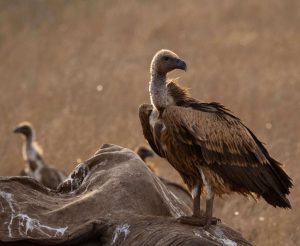This is the last entry of our series about the latest definition of One Health by the One Health High-Level Expert Panel (OHHLEP). We have had three of our researchers sharing their thoughts on this new definition and what it means for us as One Health Center. We hope you enjoy and we are looking forward to seeing you reading our weekly blog posts soon!
What is One Health then?
The new definition
As we have said before, “One Health is an integrated, unifying approach that aims to sustainably balance and optimize the health of people, animals, and ecosystems. It recognizes the health of humans, domestic and wild animals, plants, and the wider environment (including ecosystems) are closely linked and interdependent. The approach mobilizes multiple sectors, disciplines, and communities at varying levels of society to work together to foster well-being and tackle threats to health and ecosystems while addressing the collective need for clean

water, energy, and air, safe and nutritious food, taking action on climate change, and contributing to sustainable development” as stated by the One Health High-Level Expert Panel. In this blog post, I will briefly discuss my point of view on this new One Health definition. This will be intentionally focused on my own field of expertise, being the wildlife representative here at UF’s One Health Center of Excellence.
The inclusion of all living things
The greatest advancement that I think this new definition has achieved is the inclusion of all living things under the ‘umbrella of health’. The old description of One Health devoted to “attain optimal health for people, animals, and our environment”, as defined by the One Health Initiative Task Force, did not really specify what was meant by “animals” and “environment”, especially the latter. What is the environment? Are plants included in this term? This is a question that has always popped up in my head when looking at the old definition. Hence, I was really pleased to read in particular this passage of the latest definition “recognizes the health of humans, domestic and wild animals, plants, and the wider environment (including ecosystems) are closely linked and inter-dependent”. Now animals encompass both domestic and wildlife, which is not always assumed by the lay audience, the environment includes the wider ecosystems, and plants finally have their role in it.
 A step forward
A step forward
Therefore, I do think that this definition has learned from the last decades of One Health research and has enriched its meaning for the better. Aside from the wider and more specified inclusion of the natural world, this description embraces some of the Sustainable Development Goals, as well as the threat of climate change. This definition is overall more inclusive and clarifies not only the goals of One Health, but the threats to focus on to improve the overall health of planet Earth.
By: Costanza Manes | Research Fellow
Source: UF/IFAS Pest Alert



